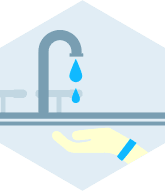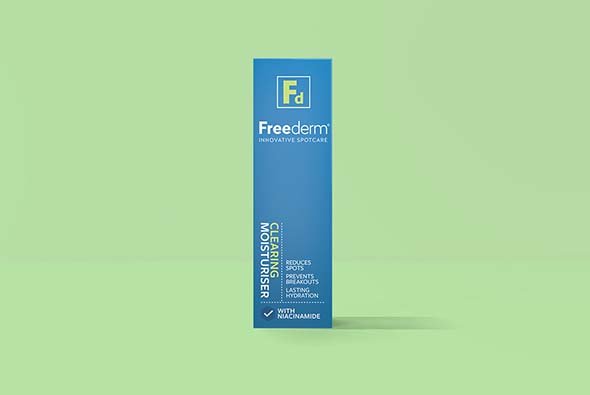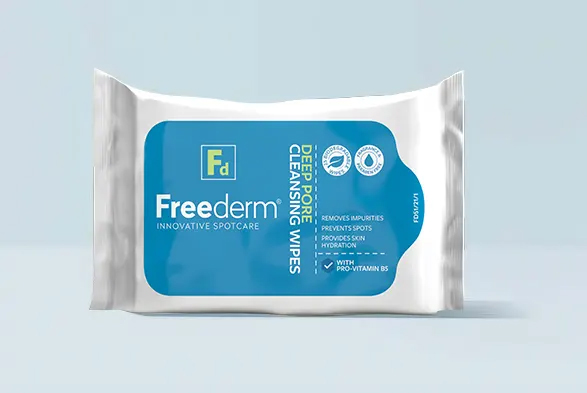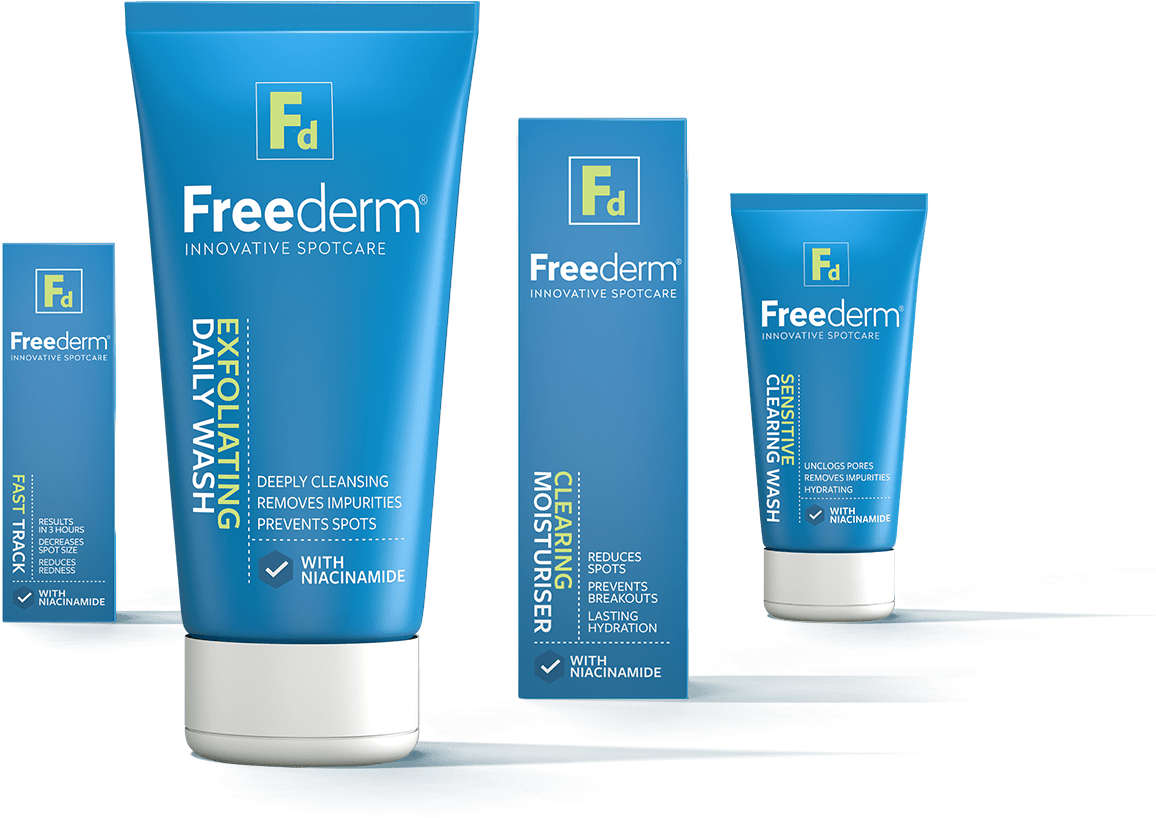Using a moisturiser
Moisturising is an important part of a skincare routine, particularly after deep cleansing. Also, if you live in an area with lots of air pollution or you wear makeup, this can dry out the skin. Consider using Freederm’s Clearing Moisturiser which is designed for complete daily skin maintenance and includes niacinamide, a natural component of healthy skin, shea butter to hydrate and condition the skin and antimicrobial ingredients to help prevent future breakouts. Apply directly to the skin after a cleanse for best results.










